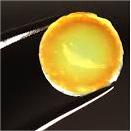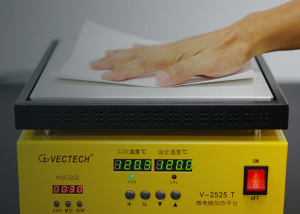Professional industry ceramic supplier, silicon nitride, silicon carbide, aluminum nitride and any other kinds of ceramics.
1. Introduction
Just 24 hours ago, a major foundry in Ohio reported a production delay after a batch of silicon carbide crucibles cracked during aluminum melting—highlighting how even minor handling errors can cause costly downtime. As industries push for higher efficiency and cleaner melts, understanding how to properly use and maintain your silicon carbide crucible has never been more critical.
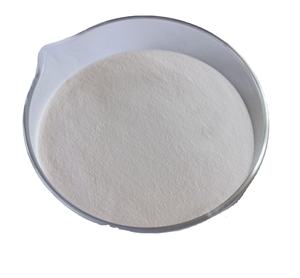
Silicon carbide crucibles are prized for their exceptional thermal conductivity, resistance to thermal shock, and ability to withstand temperatures above 1600°C. But despite their durability, they’re not indestructible. Whether you’re in metallurgy, ceramics, or advanced materials research, knowing how to troubleshoot common issues can save time, money, and materials.
2. Problem 1: Thermal Shock Cracking
Thermal shock is the #1 cause of premature failure in silicon carbide crucibles. It happens when the crucible heats or cools too quickly, creating internal stress that leads to cracks.
How to prevent it:
- Always preheat your crucible gradually. Start at 200–300°C for 30 minutes, then increase in 200°C increments.
- Avoid placing a hot crucible on a cold surface or immersing it in water.
- Use a programmable furnace with controlled ramp rates whenever possible.
If you already see hairline cracks, stop using the crucible immediately—it’s compromised and may fail catastrophically during the next melt.
3. Problem 2: Chemical Corrosion from Molten Metals
While silicon carbide is highly resistant, certain molten metals (like aluminum with high magnesium content) or slags can react with the crucible lining over time, causing pitting or wall thinning.
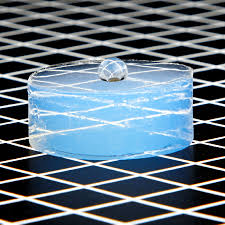
Solutions:
- Choose high-purity reaction-bonded silicon carbide (RBSiC) crucibles for aggressive melts—they offer better chemical inertness.
- Avoid prolonged holding times at peak temperature; melt and pour as quickly as your process allows.
- Never use the same crucible for incompatible metals (e.g., switching between copper and aluminum without thorough cleaning).
Note: If you’re comparing materials, boron carbide vs silicon carbide shows that while boron carbide is harder, silicon carbide offers superior thermal shock resistance—making it better suited for repeated heating cycles.
4. Problem 3: Improper Handling and Mechanical Damage
Silicon carbide is strong but brittle. Dropping a crucible or using metal tongs that gouge the surface can create stress points that lead to failure.
Best practices:
- Always use ceramic or graphite tongs designed for high-temp handling.
- Store crucibles upright in a dry, dust-free cabinet—never stack them.
- Inspect before each use for chips, dents, or surface abrasions.
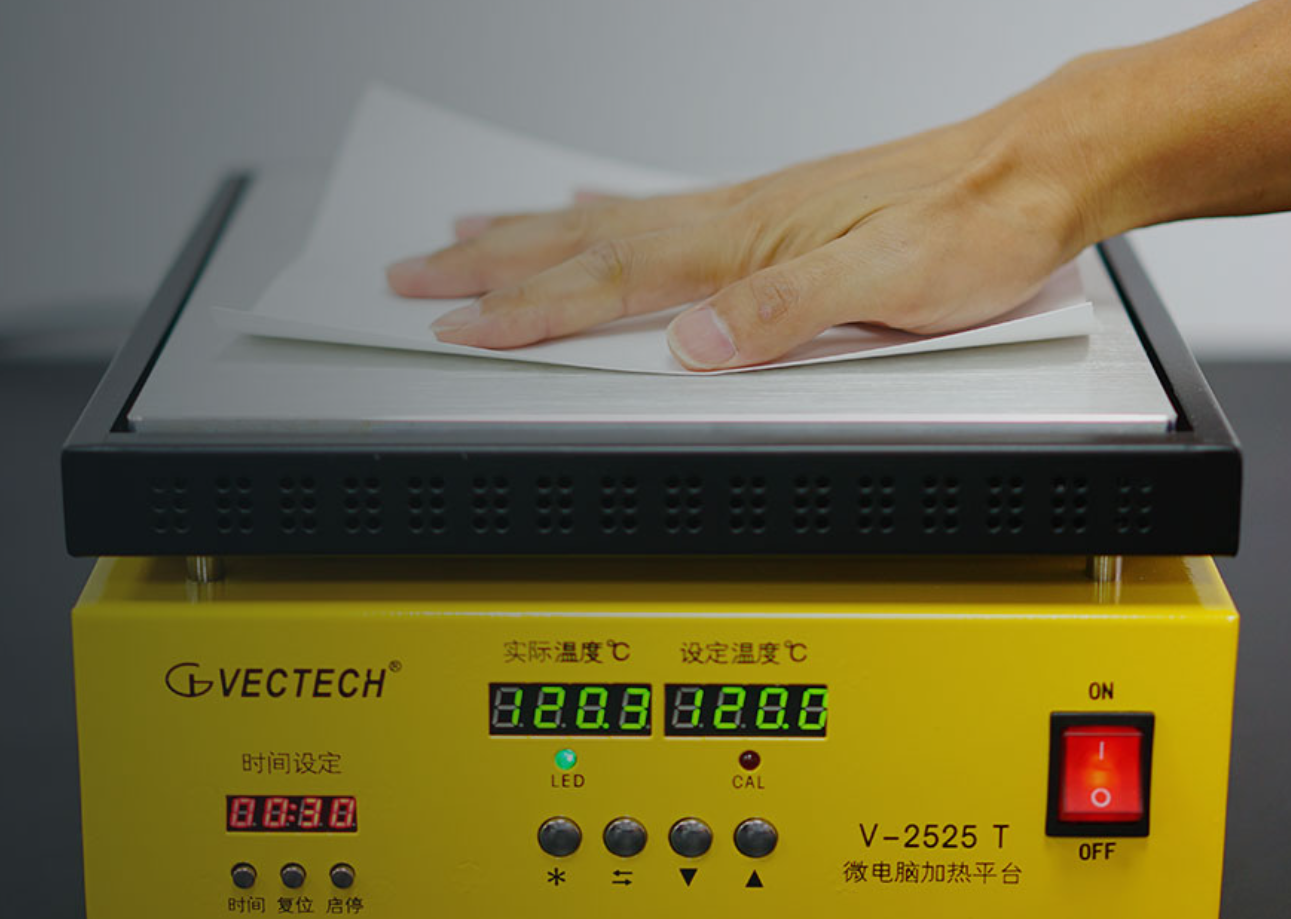
Pro tip: If your facility also uses silicon nitride crucible factory products, remember that silicon nitride ceramic components (like silicon nitride rings or custom silicon nitride heat shields) are even more impact-resistant—but also more expensive.
5. Problem 4: Glaze Buildup or Slag Adhesion
After repeated use, oxides and fluxes can fuse to the inner wall, forming a hard glaze that’s difficult to remove and reduces heat transfer efficiency.
Cleaning method:
- Let the crucible cool completely.
- Gently chip away loose slag with a wooden or plastic scraper—never use steel tools.
- For stubborn residue, perform a controlled burn-off in an oxidizing atmosphere at 800°C for 1–2 hours.
- Avoid acid baths unless specified by the manufacturer; some silicon carbide formulations can degrade.
Bonus: This issue is less common with advanced ceramic crucibles made from alumina (Al2O3) or zirconia, but those materials often lack the thermal conductivity of silicon carbide.
6. Problem 5: Misuse in Non-Compatible Applications
Not all high-temp tasks suit silicon carbide. For example, using a silicon carbide crucible in a strongly reducing atmosphere (like carbon-rich environments) can cause decomposition of the SiC matrix.
When to choose alternatives:
- For ultra-high-purity applications (e.g., semiconductor crystal growth), consider zirconia crucibles or high purity silicon nitride powder market-grade Si3N4 crucibles.
- In oxidizing atmospheres above 1400°C, alumina tubes or silicon carbide ceramic tubes may be more stable.
- For non-melting uses like baking, some manufacturers now offer food-safe variants like silicon carbide ceramic baking dishes or silicon carbide ceramic dinner plates—but verify FDA compliance before culinary use.
Remember: Silicon carbide ceramic tiles, silicon carbide burner nozzles, and even silicon carbide ceramic piping share similar material properties, so these guidelines often apply across product types.
7. Conclusion
Silicon carbide crucibles are workhorses of high-temperature processing—but only if treated correctly. By avoiding rapid temperature swings, choosing the right grade for your melt chemistry, handling with care, cleaning properly, and matching the crucible to your atmosphere, you’ll maximize performance and lifespan. Whether you’re working with RBSiC silicon carbide tile blocks or exploring advanced ceramics like silicon nitride plates, respect the material’s limits, and it will serve you reliably for hundreds of cycles.
Our Website founded on October 17, 2012, is a high-tech enterprise committed to the research and development, production, processing, sales and technical services of ceramic relative materials such as 5. Our products includes but not limited to Boron Carbide Ceramic Products, Boron Nitride Ceramic Products, Silicon Carbide Ceramic Products, Silicon Nitride Ceramic Products, Zirconium Dioxide Ceramic Products, etc. If you are interested, please feel free to contact us.



